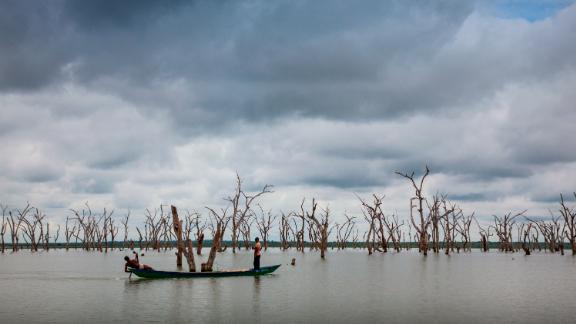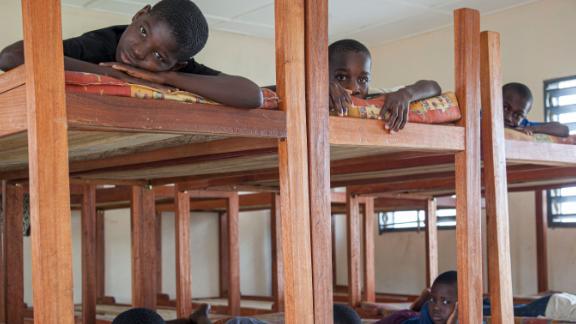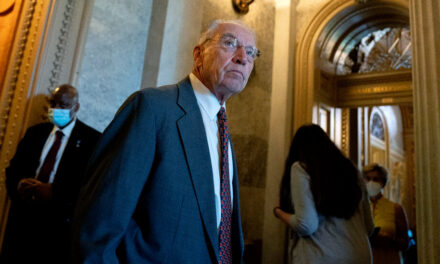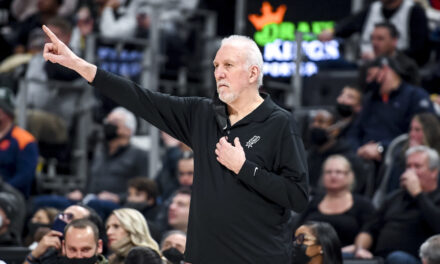
On Ghana’s Lake Volta, child slavery is in plain sight
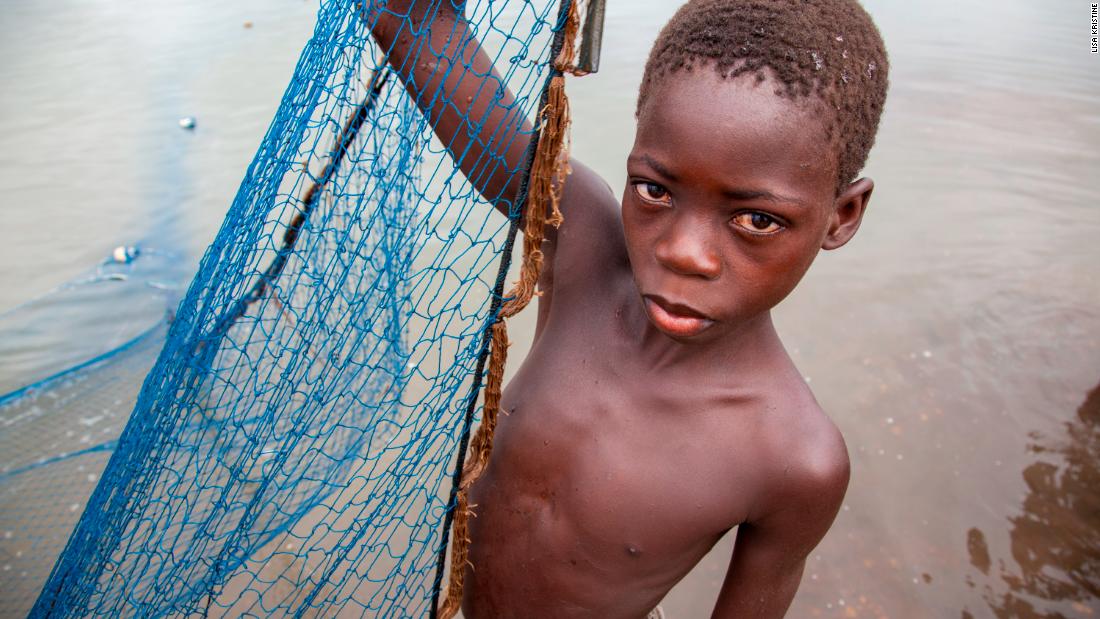
Editor’s Note: Lisa Kristine is a humanitarian photographer and artist. The opinions expressed in this commentary are her own.
CNN —
The steel gray clouds hung like an ominous slate blanket over the far reaches of Lake Volta, Ghana. From the shores I stood gazing out at a wooden fishing boat on what I presumed to be a family out fishing for the afternoon: two older boys and their three younger brothers, messing around with fishing poles and nets, catching fish for their evening meal.
My comment to that effect drew a sharp retort from my translator. This was not a family outing; these were enslaved teenagers and their young charges on a predawn to after-dark workday on the lake. It brought me up short. As a photographer who has traveled to more than 150 countries, often to document forced labor and human trafficking in dangerous conditions, I thought I had a pretty thorough awareness of the social and humanitarian horrors of modern slavery.
Unlike some of my other expeditions, however, there was nothing secretive about this. I did not have to sneak into a Nepalese brick kiln factory to document workers stacking and loading dozens of bricks on their heads in sweltering 100-plus degree heat. Or climb 200 feet down a rickety abandoned mine shaft to photograph enslaved gold miners. No, here on Lake Volta, the largest artificial lake in the world, child slavery was in plain sight. There was no attempt to hide anything: right before me were children as young as five forced to work up to 18 hours a day, with no pay, often little or no food, in dangerous, dirty conditions. The sheer brazenness stunned me.
According to the nonprofit organization Free the Slaves, more than one-third of the 1,620 households surveyed in and around Lake Volta housed a victim of child trafficking or someone held in slave-like conditions. Yet this is not an ancient, entrenched tradition in this place: Lake Volta was only created in 1965 when the forestland it now covers was flooded during the construction of a hydroelectric dam to provide Ghana’s electricity supply.
These children are often brought from all over Ghana by traffickers. Traffickers cunningly manipulate vulnerable families who cannot adequately feed their kids two meals a day. They offer false promises of education for a child if the young person would just come to help out at the home of a “relative” of the trafficker in another town. Once out of the villages, the children are sold. Other traffickers buy the kids from their impoverished parents for a pittance or trade them for a farm animal.
Read: Child slaves risk their lives on Ghana’s Lake Volta
Children are prized for their small and nimble fingers, able to untether and mend nets. The kids are often beaten, and the girls are at great risk of being sexually exploited. In addition to backbreaking labor hauling nets and fish, they are forced to do the most dangerous job: jump overboard into parasite-infested water to free the fishing nets that become entangled in submerged tree branches.
The children are not taught how to swim; too many of them drown. I recall one boy, perhaps eight years old, whose entire body quivered in terror as our boat approached his on the lake. He was afraid the waves would knock him out of the boat, or worse, we would take him away someplace even more terrible. During my time at Lake Volta, I did not meet a single child – not one – who did not know another who had drowned.
23:07 – Source: CNN
Troubled Waters: Watch the full documentary
In 2021, designated the International Year of Child Labor by the United Nations, it is timely to re-dedicate ourselves to raising awareness about exploitative child labor practices. Revisiting the images I made of enslaved children in Lake Volta, I am mindful that the International Labour Organization estimates there are 20,000 children living and working in slavery in the Volta region and surrounding fishing communities. It is not acceptable to shut our eyes, to ignore this horror. Child forced labor is dangerous, illegal and yet pervasive around the world.
The past year of the Covid-19 pandemic and the Black Lives Matter movement called broad attention to racial and social justice inequities, not only in America but around the world. The ravages of the pandemic have made starkly apparent how unequal access to education, healthcare, housing and gainful employment have had devastating, too often deadly outcomes for the poor and disadvantaged everywhere.

Lisa Kristine
A child working on Lake Volta.
Although progress has been gained over the last decade, showing a 38% decrease in child labor, a new report from the ILO lists an increase of 8.4 million children over the previous four years, raising the global number of child labor to 160 million. That is not taking into account the millions more at risk due to Covid-19’s impact.
On a positive note, this has resulted in heightened awareness of shared humanity that surpasses divisions of race, ethnicity, class, and geography. If we act together to demand change, we can make and change laws and re-envision policies and practices to better the world.
If we hold onto a divisive, “us versus them” mentality, we can become numb to the suffering of others – stepping over the homeless person huddled on the sidewalk, willfully ignorant of the many struggling to feed their families on limited or no incomes, or the children pulling nets weighing hundreds of pounds out of frigid waters at 1 a.m. on Lake Volta.
I offer my photographs documenting these harsh realities as a way to help others see our shared humanity. Look into the eyes of these enslaved children. Maybe that compels someone to donate funds; to call on their government to engage in fair trade, vote to support laws regulating child labor, pressure big businesses and government agencies worldwide to enforce improved labor practices – perhaps registering boats and licensing fishermen on Lake Volta. This is how enslaved workers will be freed and protected, how children will return to school. It’s time to step up and speak out, take action.
Source: http://rss.cnn.com/~r/rss/cnn_topstories/~3/dTvdRz-99Zw/index.html



















